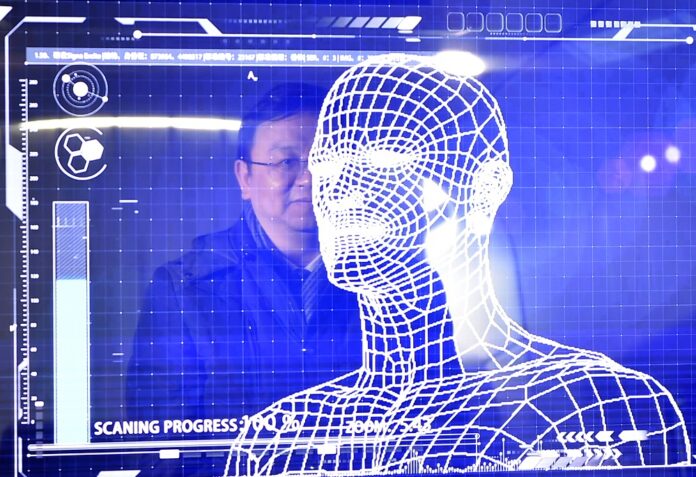
GUANGZHOU (Xinhua) — The southern Chinese city of Guangzhou has adopted facial recognition technology since Monday in two of its subway stations, allowing for fast and easy entrance.
Instead of using tickets or swiping their smartphones, passengers can smile at a screen to unlock the electric gates in about half a second after completing a real-name registration on Guangzhou Metro’s official mini-program on WeChat, China’s popular social media platform, or on the “Guangzhou Metro” mobile app.
The fee will be deducted from the payment methods that subway riders previously register and validate through their mobile phones.
The system has been installed at Guangzhouta station on Line 3 and Tianhezhihuicheng station on Line 21 before being expanded for use across the city in the future.
Guangzhou has a 478-km metro network with an average daily passenger volume reaching nearly 9 million. “The pilot stations will facilitate the large scale promotion of intelligent technologies and equipment in China’s rail transit system,” said Cai Changjun, deputy general manager of the Guangzhou Metro Group.
According to the group, 5G-assisted ultra-high definition videos, smart side doors and smart security checks have also been applied, which can help improve the stations’ operation management.
Besides Guangzhou, passengers in Jinan, capital of east China’s Shandong Province, also enjoy similar technologies for efficient entrance to subway stations.
An increasing number of Chinese airports, including those in the cities of Shanghai, Guangzhou and Changsha, are also using facial recognition systems to help quicken security checks for the convenience of air travelers.















































